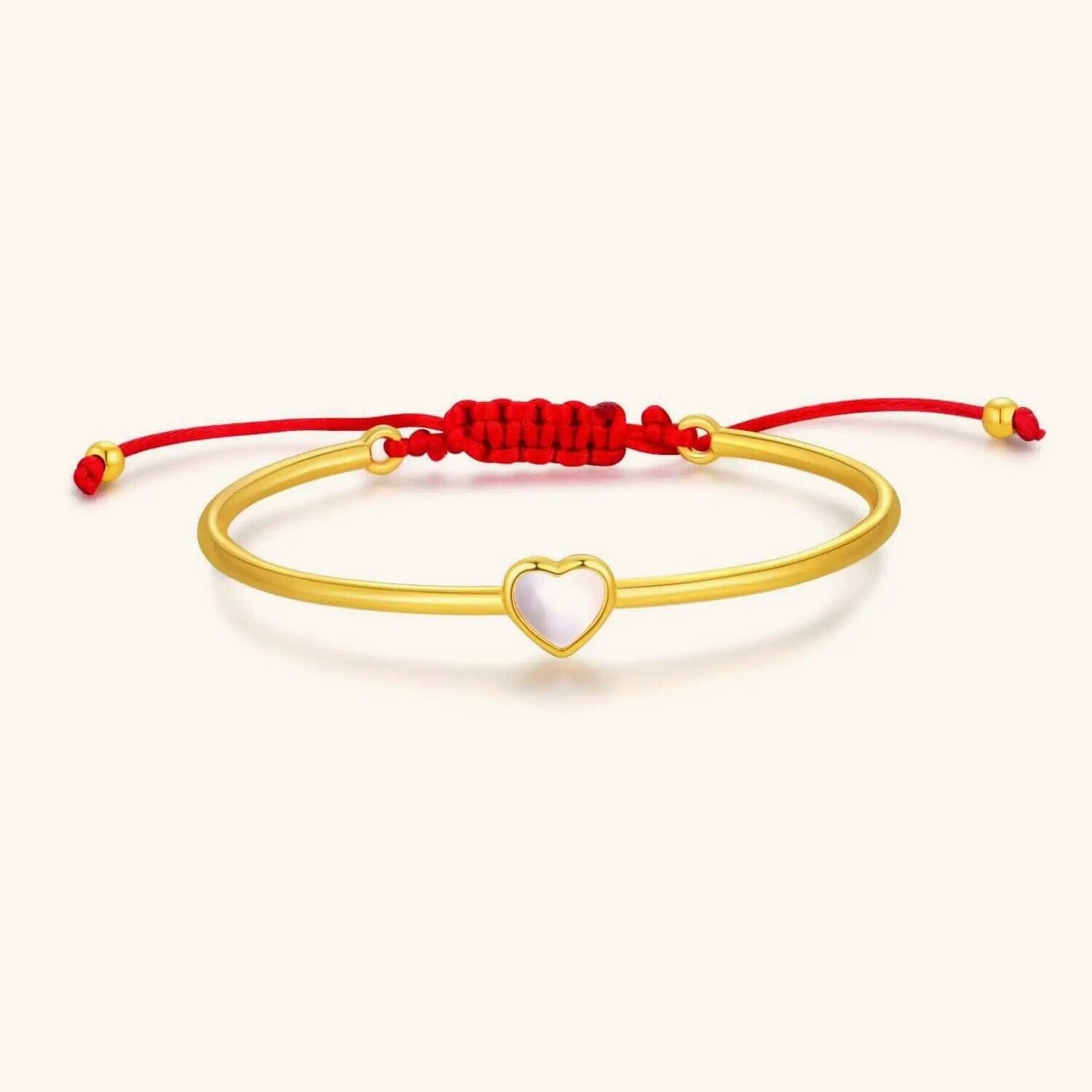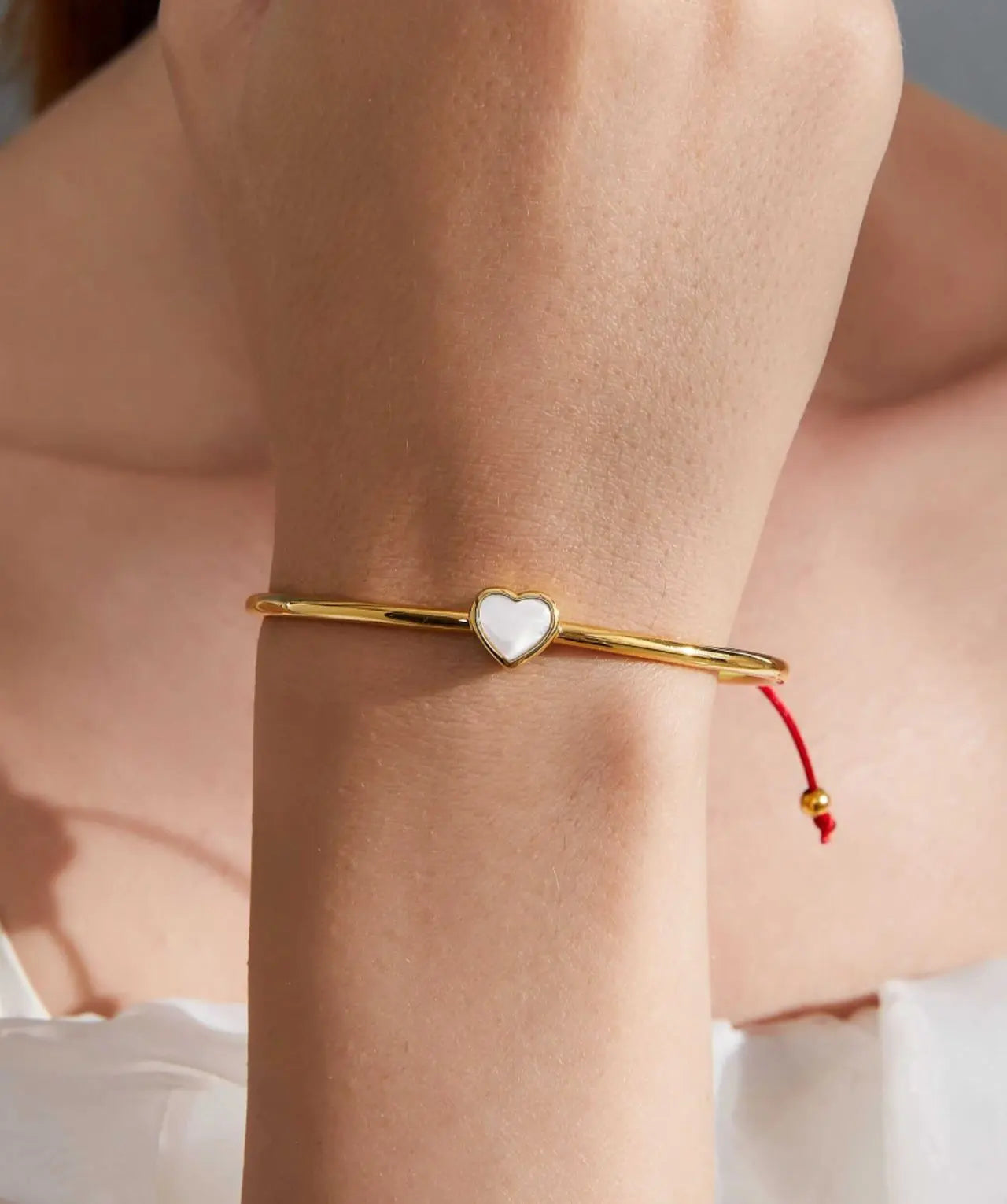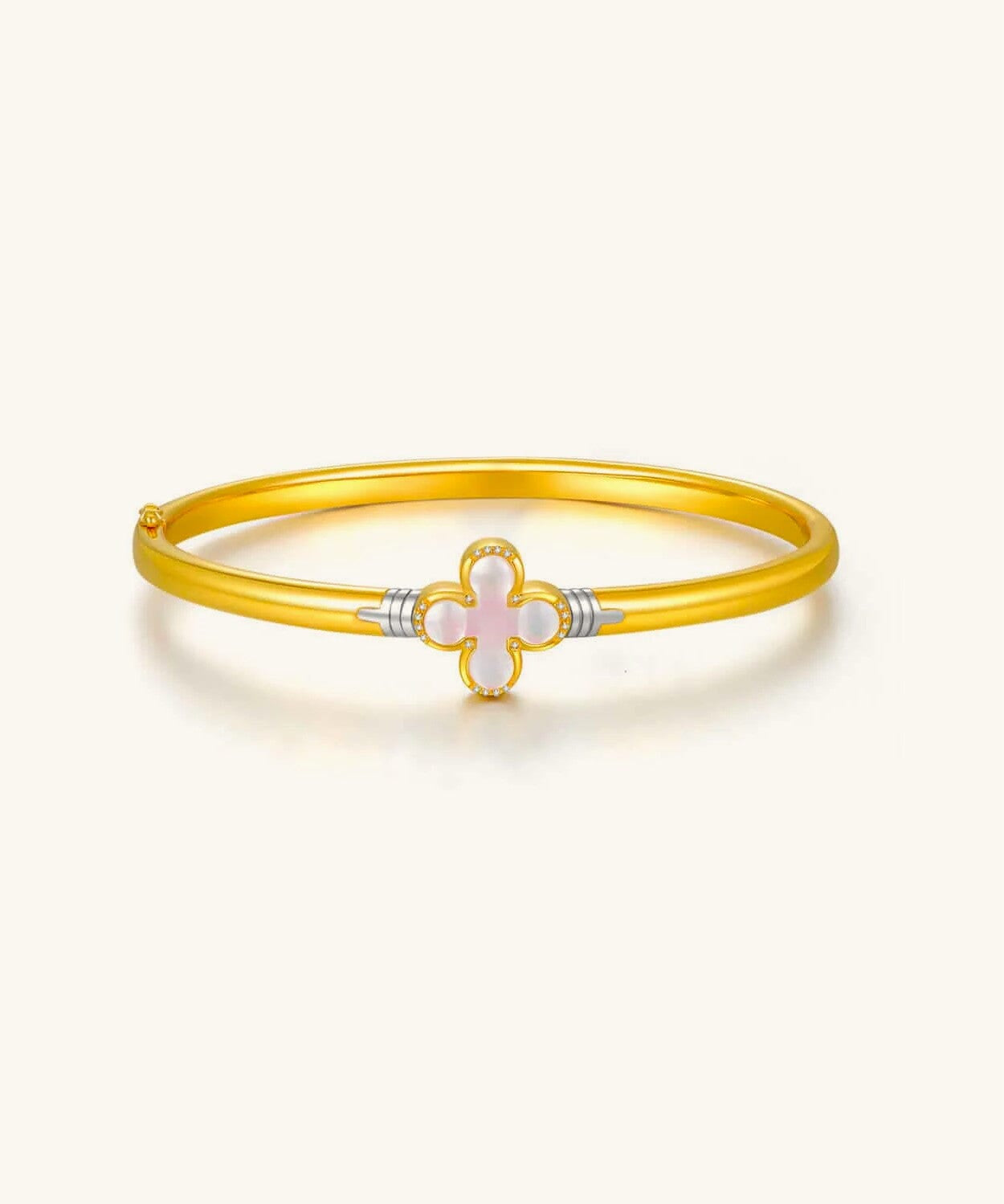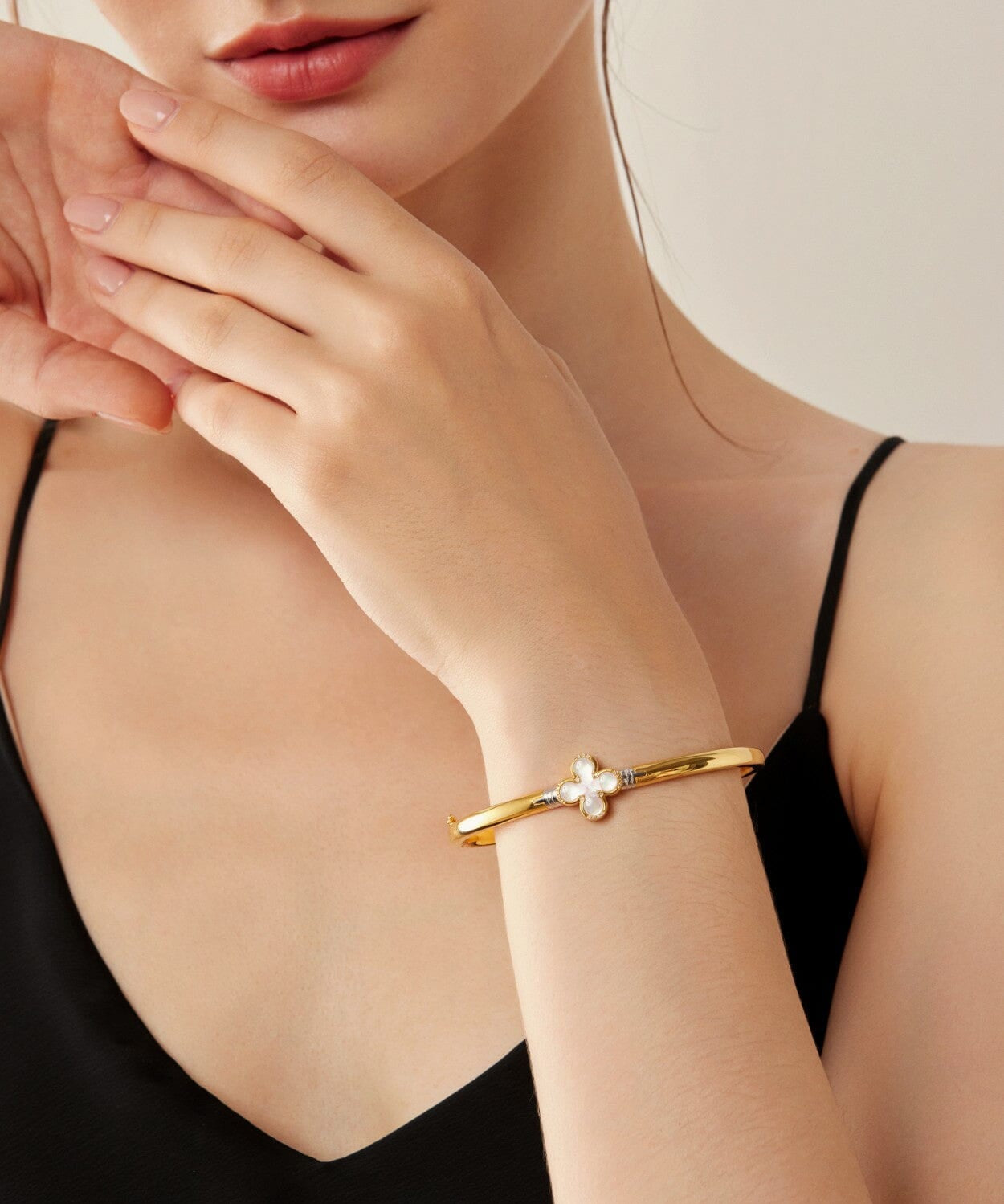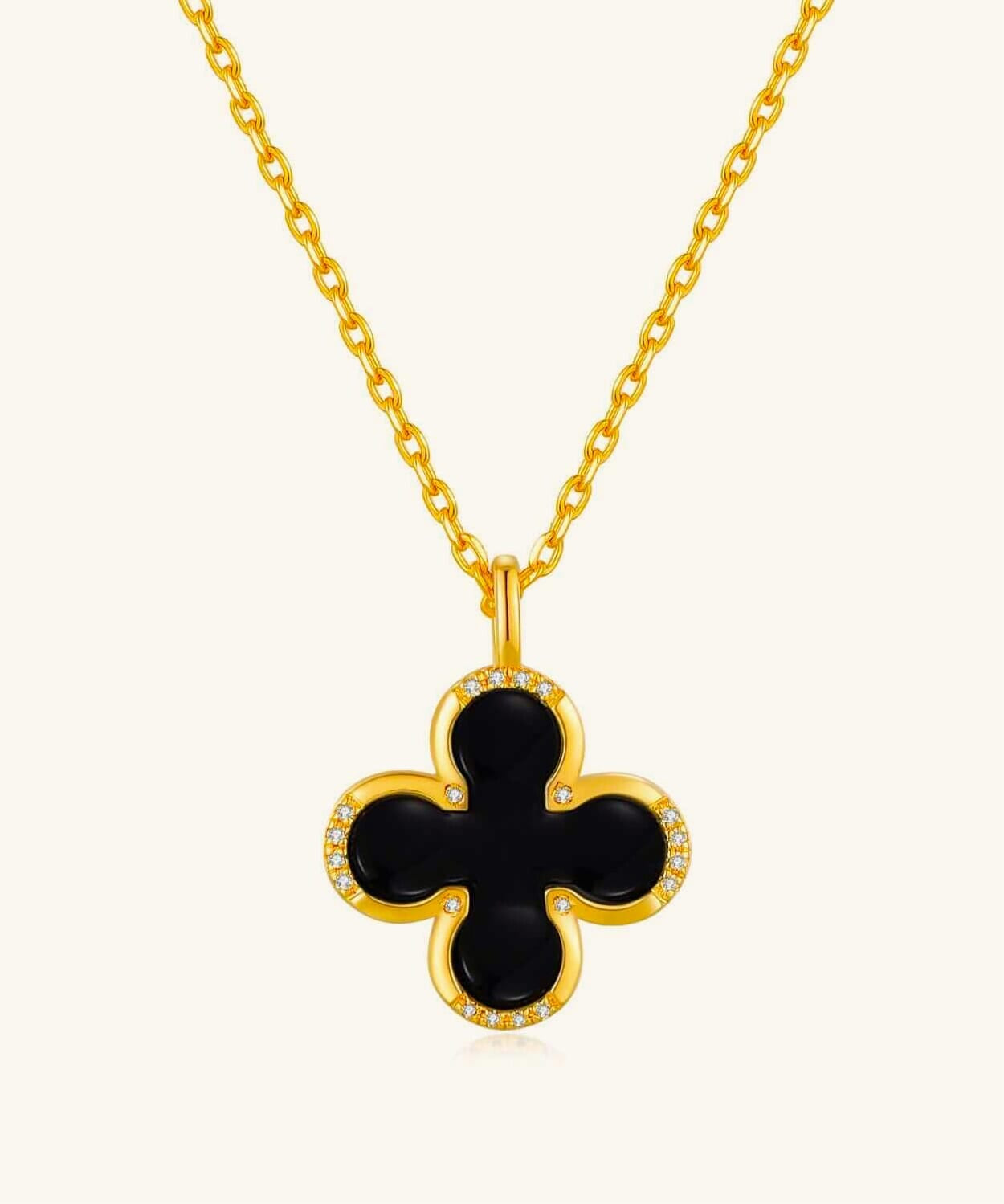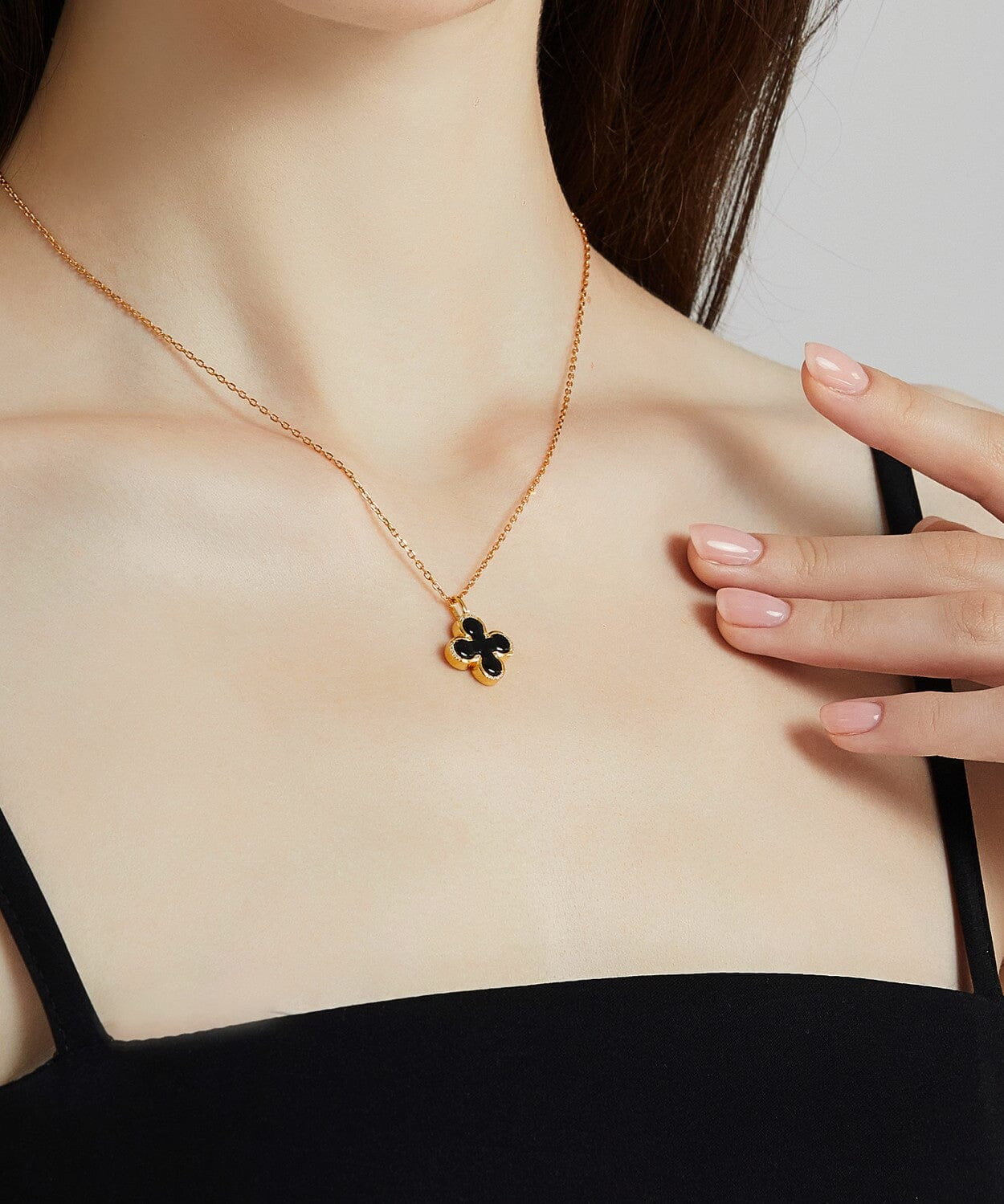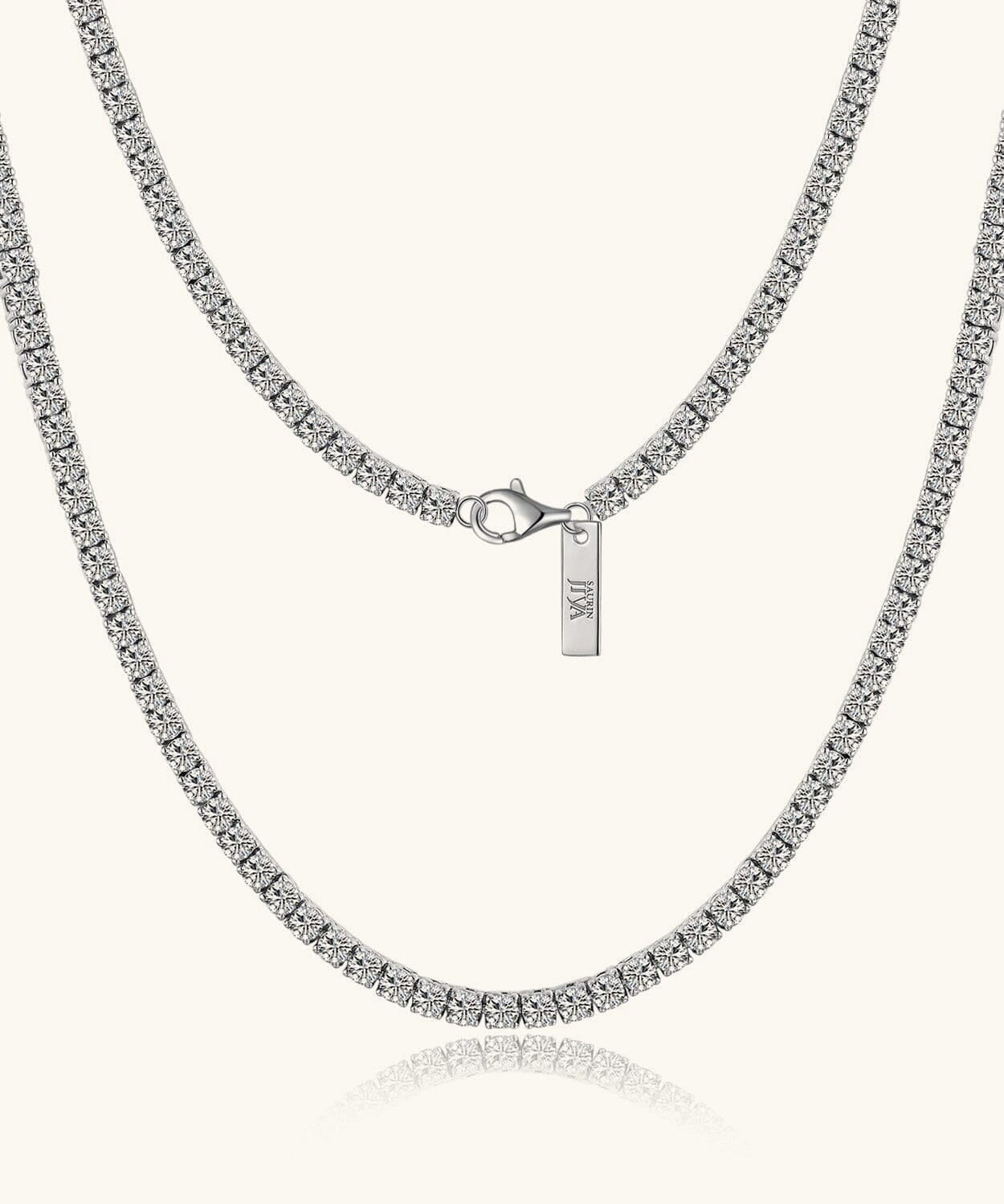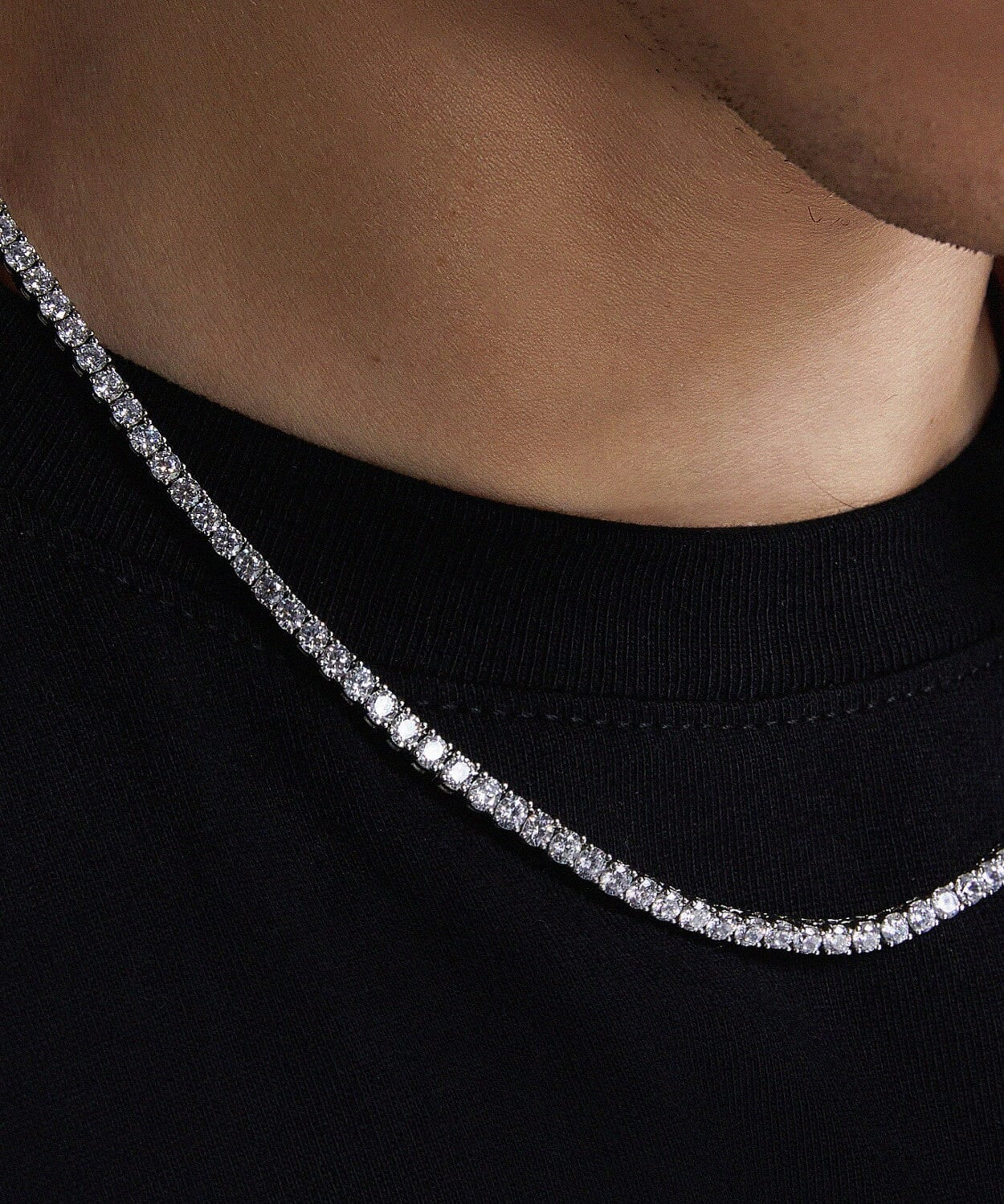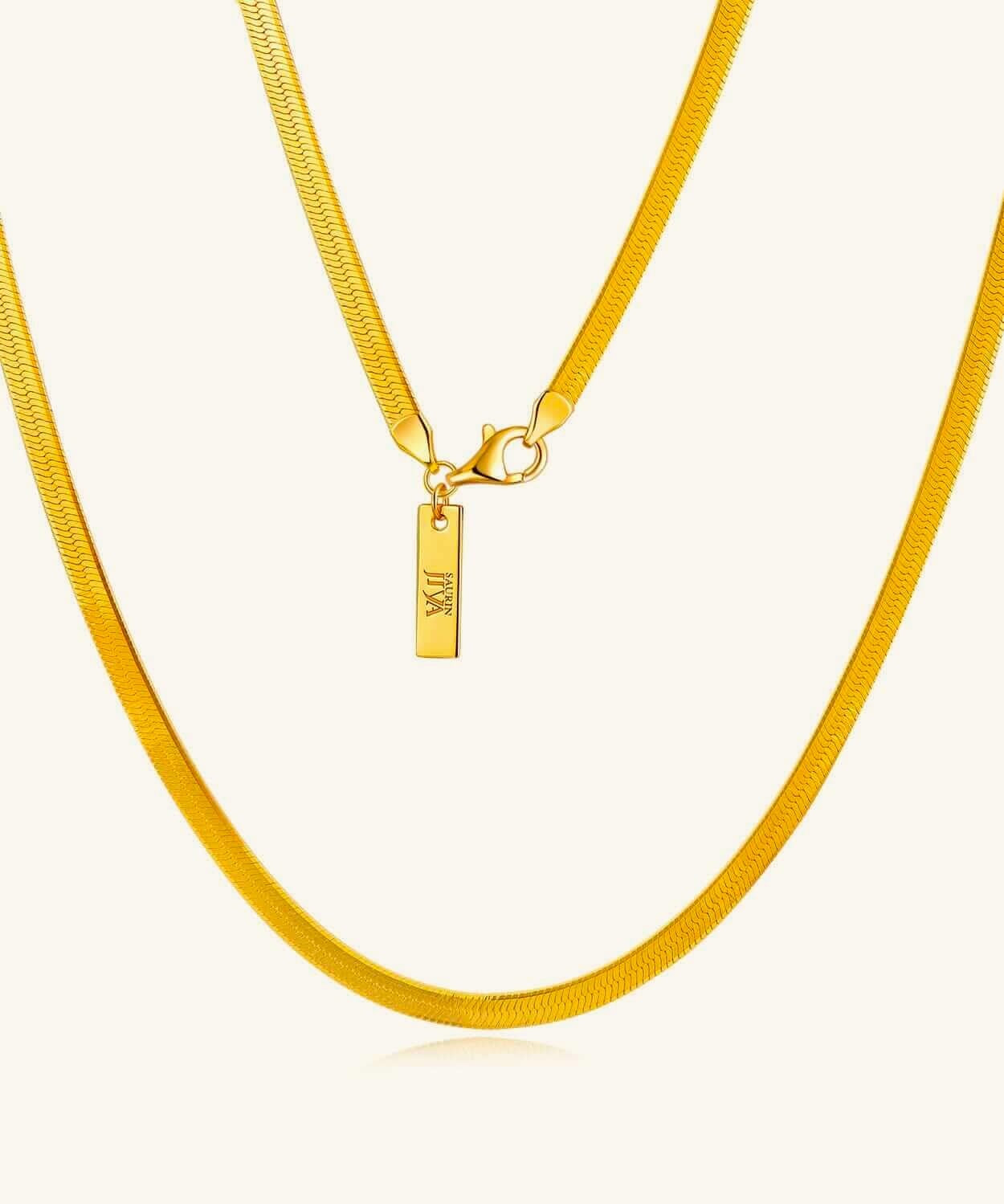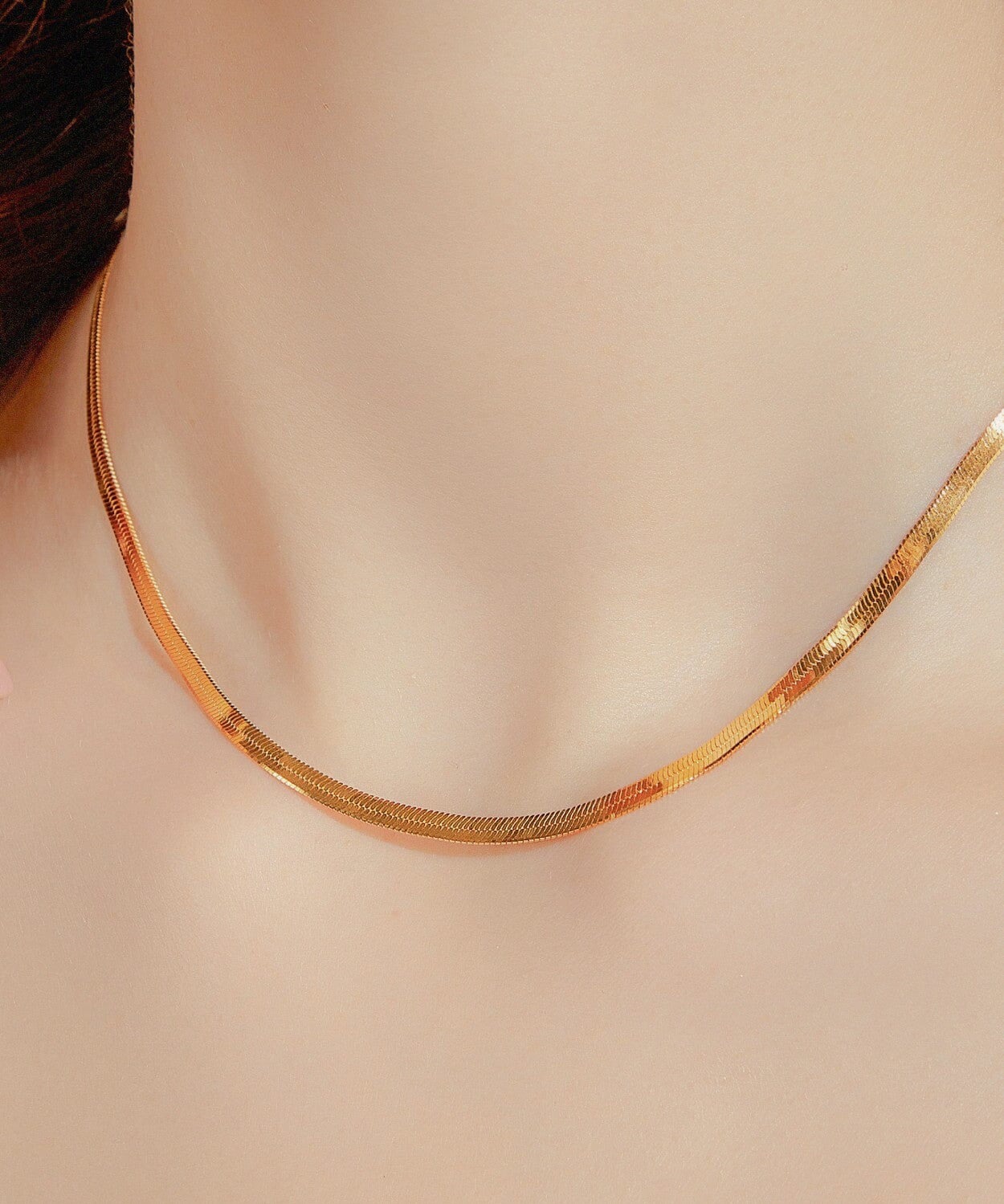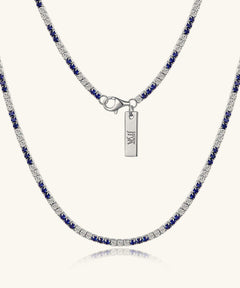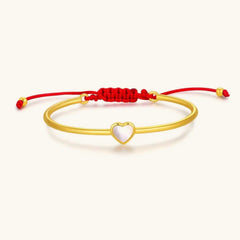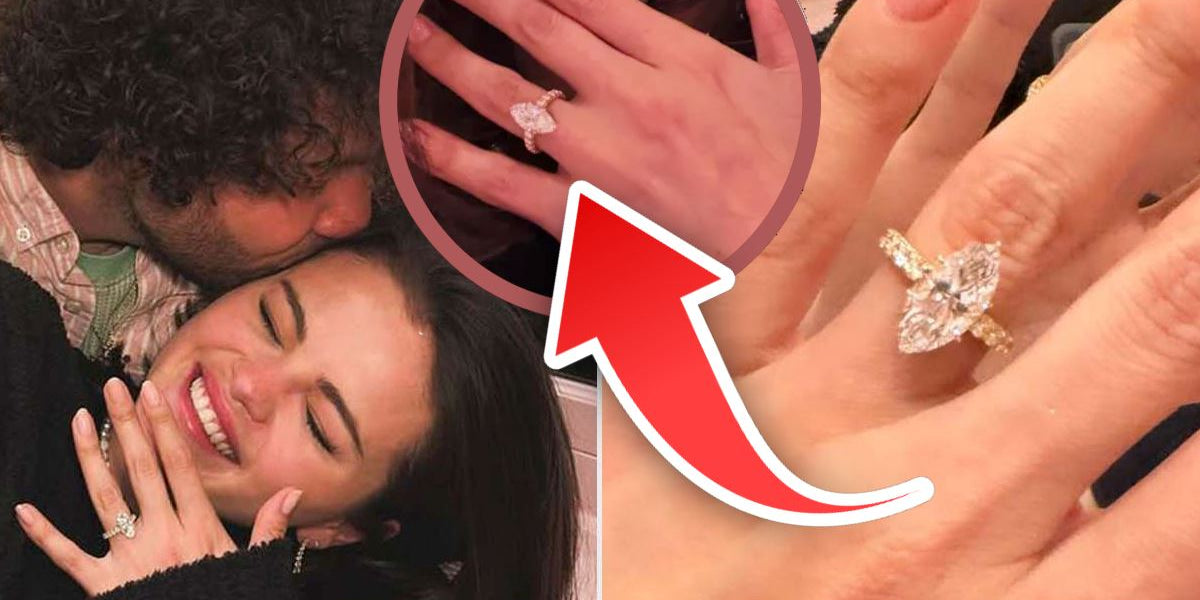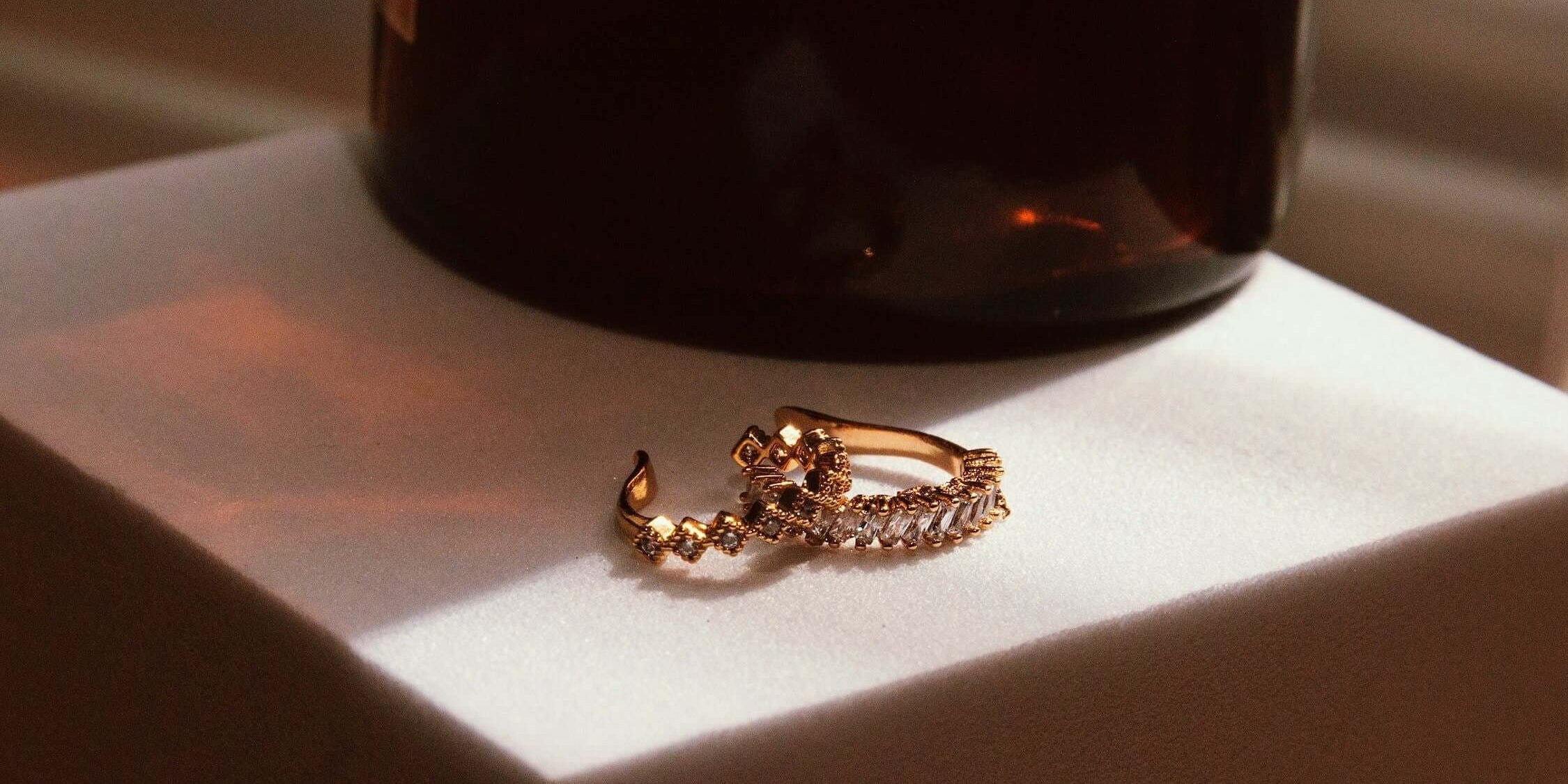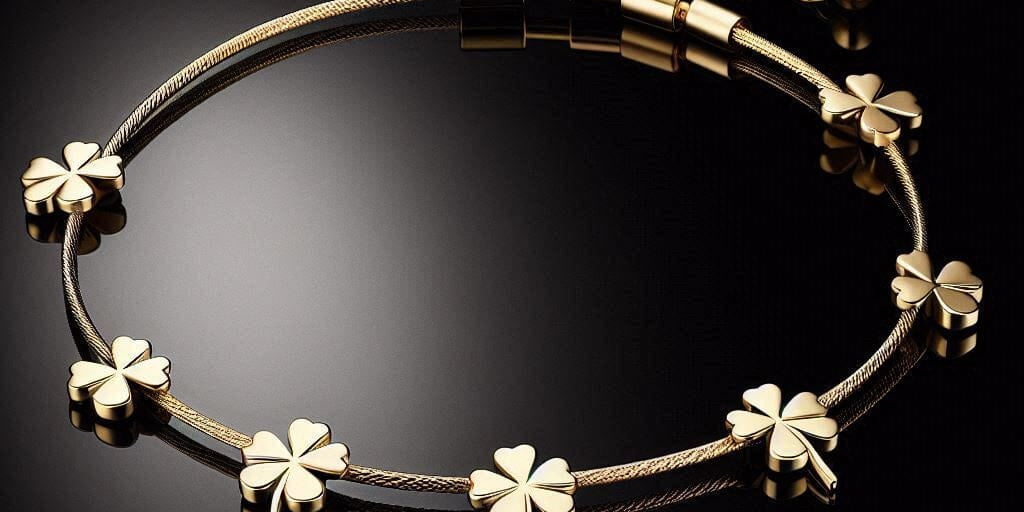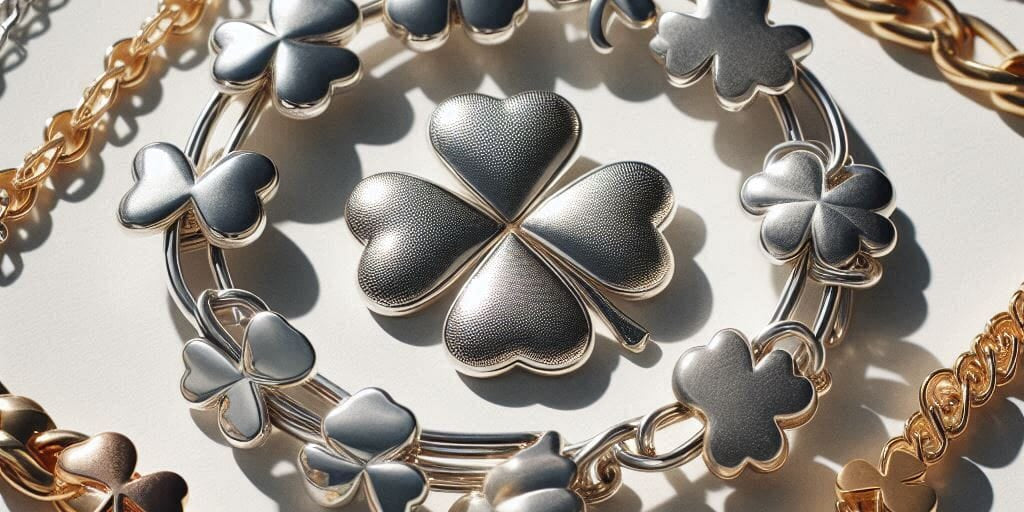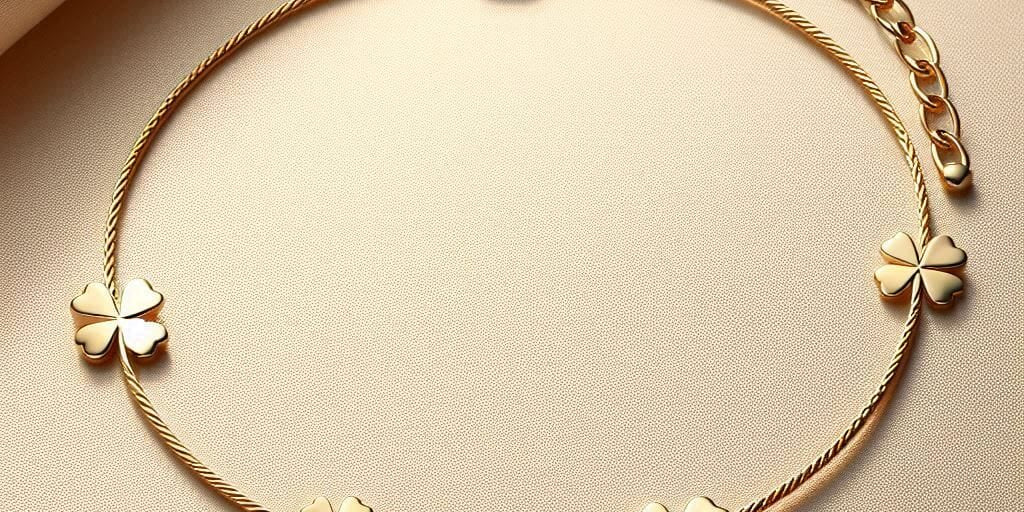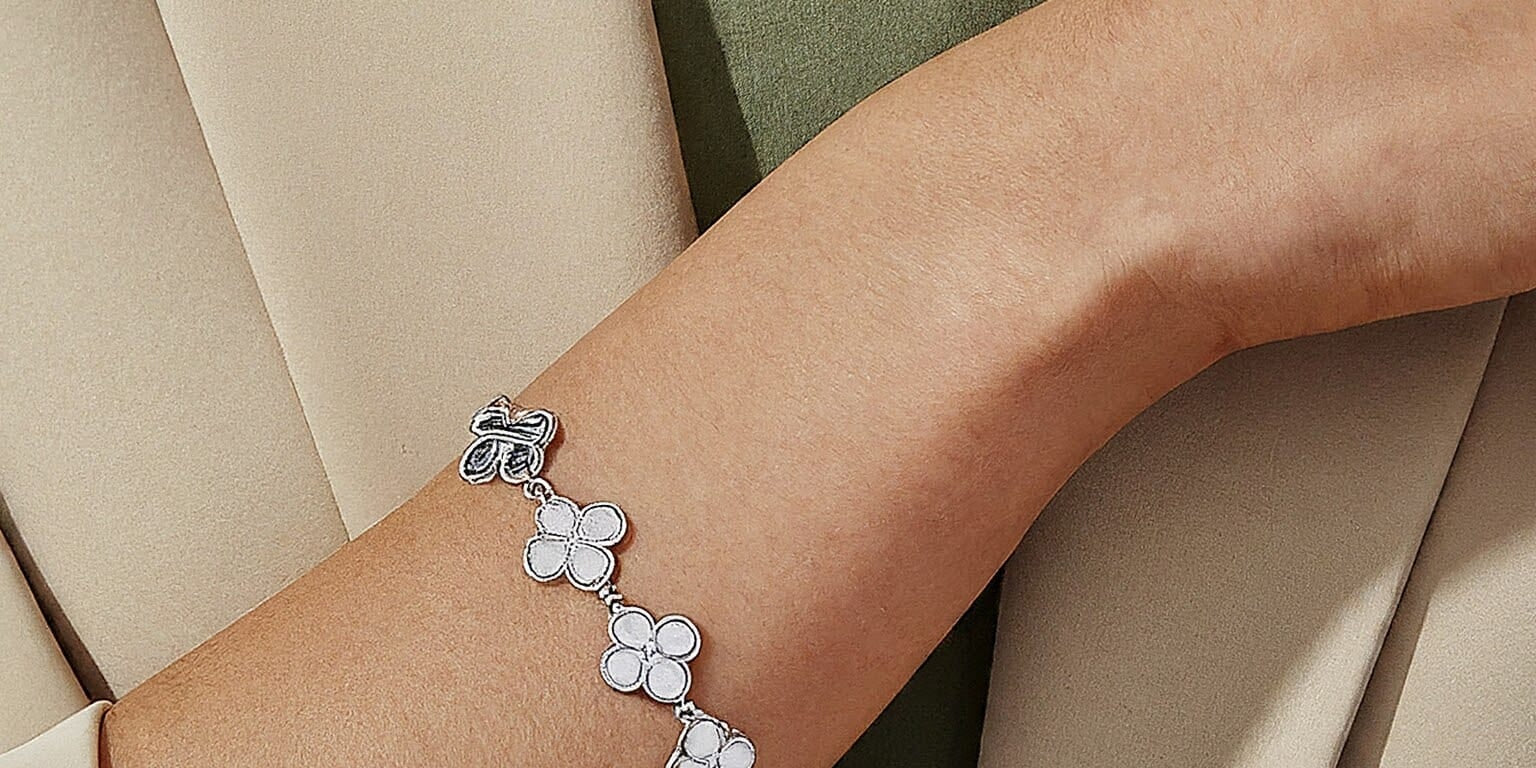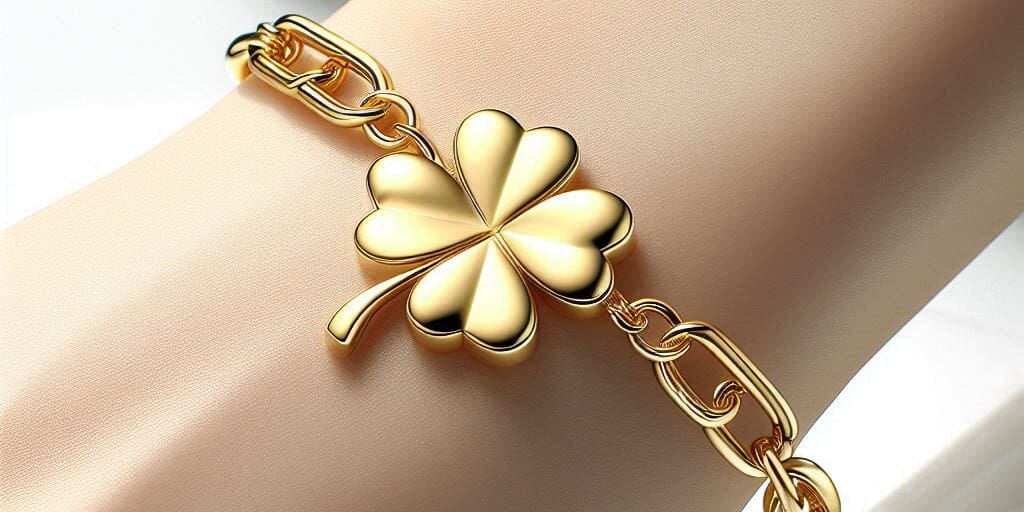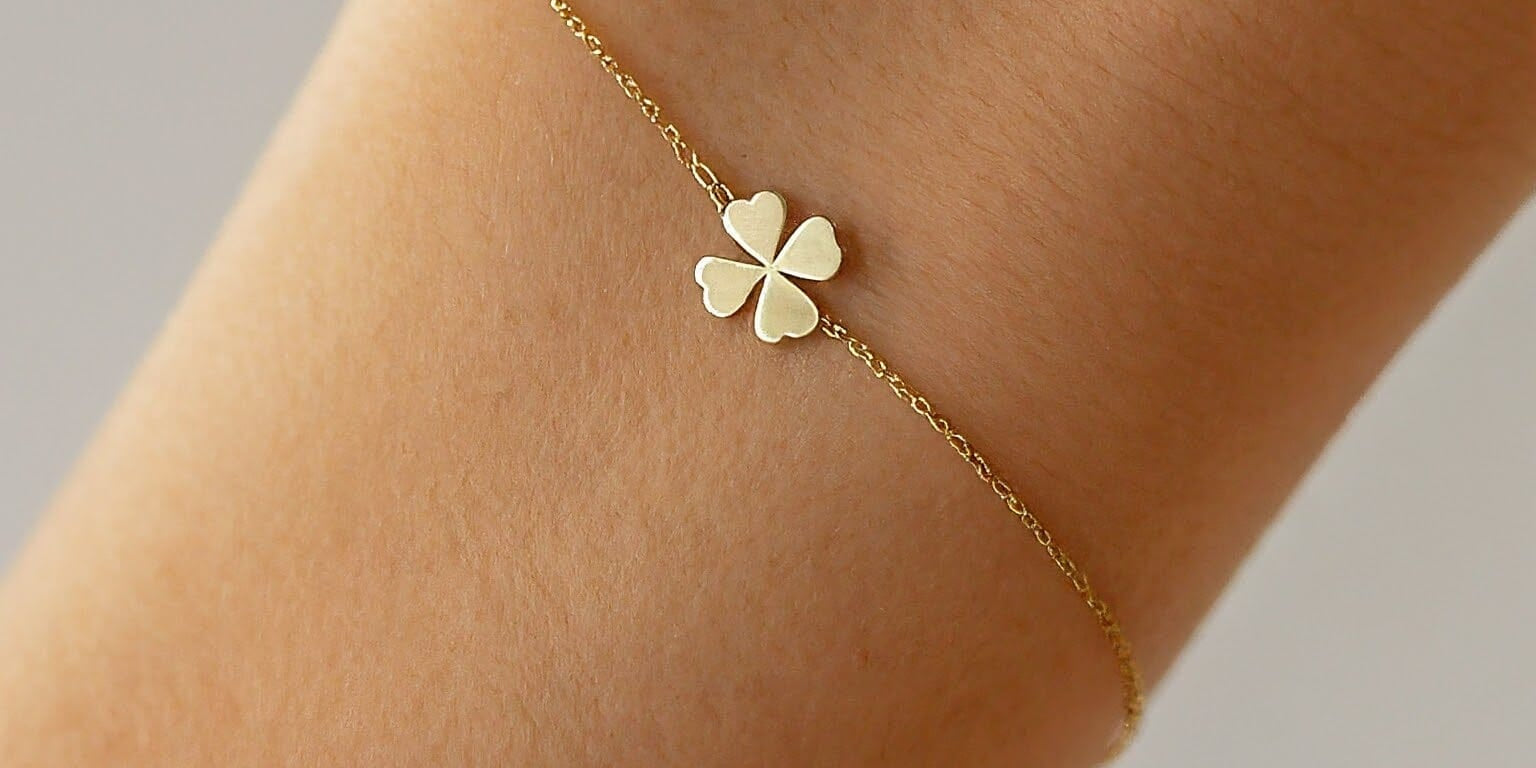A cherished locket, once lustrous, now whispers tales of decay.
Does gold truly lose its gleam?
In the arena of fine ornaments, the perception of gold's eternal brilliance is deeply etched within our collective psyche. Yet, it is incumbent upon us to disentangle myth from material reality—gold, despite its illustrious reputation, is not impervious to the inexorable ravages of time and environment.
Change is inevitable, even in gold.
Unveiling Gold's Fading Myth
Gold, in its purest essence, does not 'fade' conventionally as dyes do in fabric. However, it can appear to lose some of its initial vibrancy. This perceived decline is not due to a shift in the gold's innate color but rather a result of surface interactions. Microscratches from daily wear and tear, interactions with chemicals, and even the buildup of skin oils can all contribute to a dulled appearance. It's these external factors, not the passage of time, that cast a shadow over gold's enduring shine. When maintained with care, gold can indeed sustain its quintessential luster for generations upon generations.
Gold Purity and Durability
The inherent worth of gold is both aesthetic and durable, a testament to its persistent place in jewelry and investment. However, its resistance to wear is largely dependent on its purity, which influences its overall longevity and resilience.
In essence, higher karat gold, signifying greater purity, is softer and more susceptible to deformation, whereas lower karat gold is stronger due to alloy mixtures. This alchemy withstands daily use, yet it may compromise the luster that pure gold naturally exudes.
Pure gold is chemically inert, resisting most forms of tarnishing and corrosion.
Although gold's sheen is legendary, it is not entirely immune to the trials of time and use. Gold's interaction with external agents—chlorine, abrasives, even body chemistry—can alter its surface. Beyond its karat value, the type of alloy combined with the gold influences its appearance and durability over time. Proper care and occasional restoration can preserve its radiant glow.
External Factors Affecting Gold
Gold's lustrous appeal can be compromised by repeated exposure to harsh chemicals, often found in cleaning and beauty products. Such substances aggressively interact with gold alloys, leading to discoloration and deterioration of the metal over time. Chlorine, in particular, can have deleterious effects on gold's integrity, especially in high karat jewelry.
Continual contact with abrasive materials can incrementally erode the surface of gold pieces. Though subtle, this gradual wear can result in the loss of the original finish and texture that characterize the gold's beauty.
The interaction with various substances results in a chemical reaction with the metals mixed with gold. Therefore, the presence of copper, silver, or zinc in different karat gold can react to environmental factors differently, affecting tarnish resistance and color stability over time.
Moreover, the pH level of an individual's skin perspiration can uniquely influence gold's appearance, as the acids present can subtly react with the metal. In addition to skin chemistry, gold jewelry is affected by factors such as exposure to ultraviolet light, which can gradually alter the hue and sheen. Thus, it is crucial to consider not only physical care but also the storage conditions of gold to maintain its original luster.
Daily Wear and Gold's Sheen
Over time, the consistent friction from daily wear inevitably imparts a patina on gold jewelry, dulling its initial brilliance. Actions such as typing, cooking, or even the gentle graze against fabric, all contribute cumulatively to this effect. The once vivacious luster and polished surface of a new gold ring or necklace can, over years, adopt a subdued shine, reminiscent of antiquity rather than decline.
To retain the resplendent gleam of gold, one must adopt a conscientious approach to jewelry care. Regular polishing with a soft cloth can alleviate superficial scratches and maintain the high sheen. It is also advisable to remove gold jewelry during strenuous activities or when in contact with harsh chemicals. In doing so, one can mitigate the abrasive forces that dim the radiance of gold, preserving its vibrant allure for years to come.
Impact of Regular Use
Gold's resistance to tarnishing is often lauded, though not absolute in the face of constant handling. Personal care products, oils from skin, and even air pollutants scaffold the gradual change in a gold item's appearance.
Such alterations are subtle yet cumulative, forming over extended periods of regular use.
Long-term exposure to the elements and daily activities, ranging from bathing to cleaning, introduces gold to various compounds which can erode its initial sparkle. While gold is intrinsically steadfast, these external factors collectively temper its gleam.
Consistent contact between gold jewelry and environmental factors not only affects surface appearance; it can induce minute wear on finer details. As such, with the passage of time, intricate designs may soften and the once-crisp edges of delicate engravings might blur. It is essential to note, however, that this does not necessarily indicate a loss of volume or quality. The metal's mass remains largely intact, its essence undiminished, even if the surface bears a hint of temporal narrative.
Best Practices for Everyday Gold Care
The essence of maintaining gold's luster lies in routine care, strategic storage, and cautious handling. To ensure your gold jewelry preserves its brilliance, implement a daily regimen that repels the tarnishing effects of exposure and touch.
Avoid direct contact with chemicals that can tarnish gold. This includes household cleaners and chlorinated water.
Furthermore, applying cosmetics, lotions, or perfumes prior to donning your gold ensures the precious metal encounters fewer potentially damaging substances (like alcohols and acids) throughout the day.
Ensure each piece of gold jewelry is dried meticulously after exposure to moisture, particularly following cleaning or accidental contact with water, to prevent the development of water spots or tarnish.
Store your gold in a lined jewelry box or a cloth bag designed to protect fine metals from scratches and excessive exposure to air, which can accelerate the tarnishing process.
Lastly, periodic professional cleaning is a wearer's best defense against time's effects. Regular expert attention will ensure that your gold maintains its sparkle and structural integrity for generations to enjoy.
Environmental Influences on Gold
Gold, revered for its enduring luster and resistance to corrosion, is nevertheless susceptible to environmental influences. Airborne pollutants and ozone can subtly affect its surface condition over time, tarnishing its once radiant gleam. Despite its relative stability, this noble metal can undergo changes in appearance due to the compounds that exist in the air around us, particularly in urban areas where industrial emissions are more prevalent.
The presence of sulfur compounds in the atmosphere, known as a "tarnish accelerator", can lead to the formation of a thin film on the surface of gold jewelry, causing it to appear slightly duller. Moreover, high humidity levels can exacerbate these effects, as moisture facilitates the chemical reactions between gold and environmental contaminants. In coastal regions, the salt in the air can be particularly aggressive, causing a distinctive discoloration that, while not common, is nonetheless a possibility for pieces exposed for prolonged periods.
Tarnish: Fact or Fiction?
Gold, a symbol of wealth and permanence, is often believed to be immune to the tarnishing that plagues other metals. However, it's important to understand that while gold's inertness is one of its celebrated properties, it is not altogether invulnerable to the chemical interactions presented by its environment.
In its purest form, 24-karat gold, maintains its luster indefinitely. Tarnishing is a process unfamiliar to this high purity gold because of its resistance to oxidation and corrosion.
However, when gold is alloyed with other metals to increase its hardness, as is the case with 18-karat and 14-karat gold, the potential for tarnish emerges. The varying degrees of other metals mixed with gold can react with or absorb substances from the surrounding environment, leading to subtle variations in surface sheen or color over time.
Understanding the nature of gold and its reactions is critical in maintaining its splendor. Regular cleaning and proper storage are essential to mitigate the risk of tarnish, especially for pieces with lower karat values. Employing anti-tarnish materials and keeping your jewelry away from harsh chemicals and environments can preserve its luster. Remember, some degree of care is necessary to maintain that immortal shine of your beloved gold possessions.
Chemicals and Gold Discoloration
Gold's resistance to tarnishing can be compromised by exposure to harsh chemicals. Chlorine, for instance, can induce stress corrosion cracking in gold alloys, especially at sites of solder joints or where metals are combined.
The repeated contact with cosmetics and perfumes may also catalyze discoloration. These products often contain components that react unfavorably with gold alloys, diminishing their luster over time.
Moreover, household cleaners containing abrasives or strong acids can etch the surface of gold jewelry, affecting its sheen. Even something as benign as soap can leave a film on gold that dulls its natural glow, necessitating regular and careful cleaning to restore brightness.
In environments with higher levels of pollution or humidity, gold alloy jewelry is predisposed to sulfide attacks, which can cause a blackened surface appearance. To maintain the intrinsic beauty of your gold, it is prudent to know the specific vulnerabilities of each piece's alloy composition and to handle each with the corresponding level of care and diligence. Products branded as "safe for jewelry" may offer some protection, but the ultimate defense lies in knowledgeable guardianship of your treasures.
Preserving Gold's Timeless Lustre
Appropriate storage is paramount when endeavoring to preserve the inherent splendor of gold jewelry. To avert scratches and chemical reactions that may mar its surface, gold items should be individually housed in soft cloth pouches or within lined jewelry boxes. This diminution of physical contact with external agents serves to curtail the onset of wear and tarnish that might otherwise detract from the metal's regal sheen.
Regular, yet gentle, cleansing is equally crucial for maintaining gold's gleaming allure. Utilize a solution of mild dish soap in warm water, employing a soft brush to tenderly dislodge any accumulated detritus. Thorough rinsing and a soft cloth can then restore the luster indicative of meticulously cared for gold jewelry.
Cleaning Techniques for Brilliance
Proper cleaning techniques can restore the original radiance of your gold jewelry with minimal risk of damage.
- Use a gentle, non-abrasive detergent such as mild dish soap diluted in warm water.
- Employ a soft-bristled brush to carefully remove dirt from crevices.
- Soak the piece for about 30 minutes if heavily soiled, but monitor delicate pieces more closely.
- Rinse thoroughly with clean, lukewarm water after cleaning.
- Dab the jewelry dry with a lint-free cloth, avoiding rough fabrics that could scratch.
- For intricate pieces, consider using a hairdryer on a cool, low setting to prevent water spots.
Avoid vigorous scrubbing, which can lead to scratching, and ensure all soap is rinsed off to prevent residue build-up.
When in doubt about cleaning your precious gold jewelry, consulting a professional jeweler is a prudent step to ensure its longevity and sparkle.
Professional Maintenance Tips
Store gold jewelry separately and safely.
To maintain the lustre of your gold jewelry, store each piece in a separate soft pouch or a lined jewelry box. This protects against scratches from other jewelry items which can contribute to the appearance of fading. Additionally, storing in a consistent controlled environment minimizes exposure to harsh elements that could dull the gold over time. Remember, humidity can be as much a nemesis to your jewelry as any physical abrasion.
Avoid exposure to harsh chemicals and environments.
Gold, although enduring, is vulnerable to chemicals found in everyday substances such as perfumes, lotions, and cleaning agents. To preserve its sheen, it is crucial to remove your jewelry before swimming - chlorine, particularly in high concentrations as found in swimming pools and hot tubs, is known to cause discoloration and structural damage to gold alloys. Similarly, put jewelry on after applying beauty products to reduce direct contact.
Professional cleaning is recommended annually.
For optimal upkeep, take your gold jewelry to a professional annually for a thorough cleaning and inspection. This not only ensures the deep cleansing of areas difficult to reach at home but also affords the jeweler an opportunity to check for any signs of wear or damage. Regular professional maintenance is indispensable to extend the lifespan of your treasured pieces.
Insure and document your gold jewelry pieces.
To safeguard against loss or significant damage, it's wise to insure your valuable gold jewelry. With the volatility of gold prices and the sentimental value of jewelry, insurance can provide peace of mind. Ensure that your insurance records are up-to-date, particularly after the purchase of new items. High-quality photographs and detailed documentation will be invaluable in the unforeseen event of a claim.
